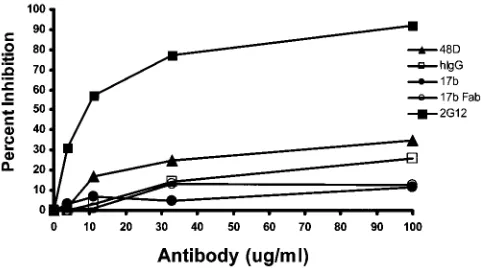Antigenic Properties of the Human Immunodeficiency Virus Envelope during Cell-Cell Fusion
Full text
Figure



Related documents
These studies were undertaken for two practical reasons: (i) the temporal mapping of HHV-6 tran- scripts is a necessary step to identify viral genes which may be expressed
When assayed at 12 weeks after infection, spleens of LP-BM5 MuLV-infected perforin knock- outs had frequencies of cells producing infectious ecotropic and MCF viruses comparable
We have now examined the recombinational history and evolution of all viruses belonging to the WEE antigenic complex, including the Buggy Creek, Fort Morgan, Highlands J,
recognized by lesion-infiltrating HSV-specific CD4+ T cells provides a minimum estimate of the diversity of viral epitopes because of the small number of patients studied, the
Two DNA sequence-specific protein complexes were detected with DNA probes spanning the region containing the cis-acting positive element and human cytomegalovirus- infected
Topo I preferen- tially binds to fully formed double hexamers (Fig. 3), strongly indicating that topo I associates with the initiation complex after the T-antigen double hexamer
Consistent with our conclusions are studies on DI RNA of mouse hepatitis virus (MHV), another serogroup 2 coronavirus, for which it has been shown that the minimal sequences at the 3
We have used recombinant human hepatitis B virus (HBV) polymerase (Pol) expressed in and purified from baculo- virus-infected insect cells to generate a panel of six MAbs